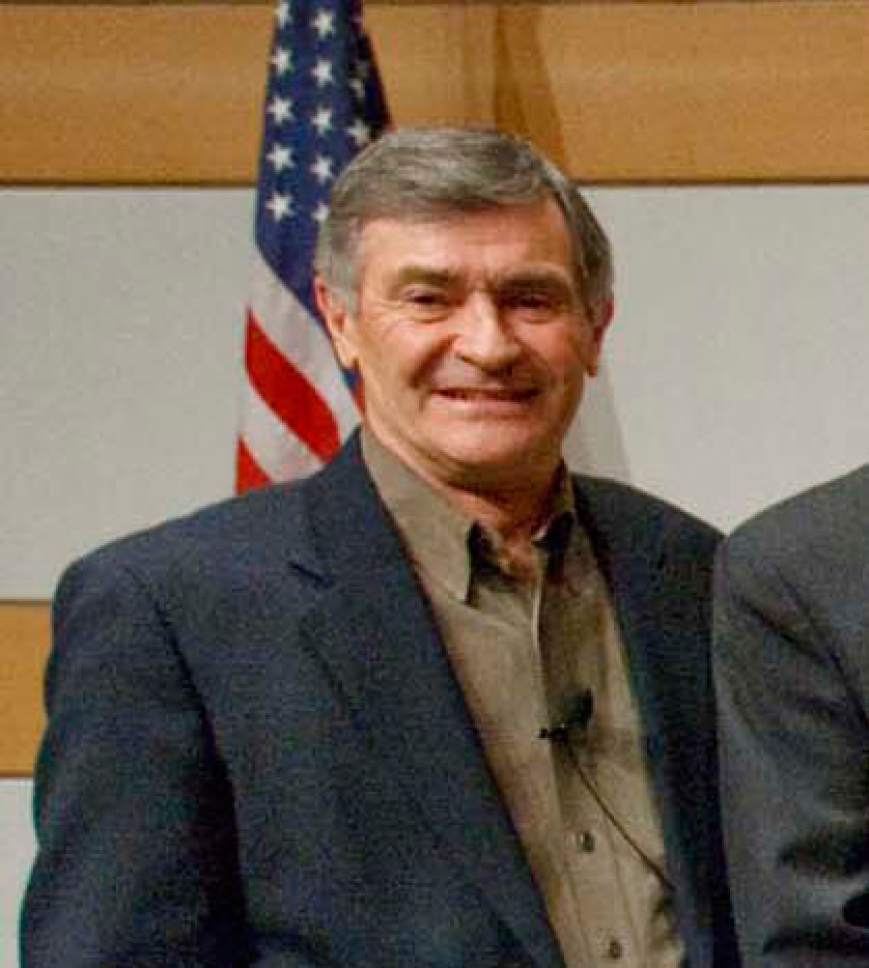This is an archived article that was published on sltrib.com in 2016, and information in the article may be outdated. It is provided only for personal research purposes and may not be reprinted.
As former mayors of Salt Lake City, we know something about making difficult decisions. Faced with a tough and seemingly intractable issue, and even with the benefit of staff research, public opinion, legal precedent and other guideposts, a mayor at some point must take a breath, decide, then act.
Earlier this week, Mayor Jackie Biskupski and City Council Chairman James Rogers stood together at a press conference and acted. They announced the long-awaited locations of four new homeless resource centers in Salt Lake City. This was the result of two years' effort, begun by former Mayor Ralph Becker and Salt Lake County Mayor Ben McAdams, to make meaningful impact on one of our greatest societal challenges — to move people from homelessness and despair to housing and hope.
Following a series of public engagement workshops last summer and guidance this year from the Homeless Resource Center Site Selection Commission (of which Palmer was co-chair, with Gail Miller), Biskupski and the City Council determined together that four sites, capped at 150 beds each, would be the way to go. The work began to find optimal sites.
This new model — which will be introduced for the first time in 30-plus years of supporting the homeless population in Salt Lake City — will feature architecturally attractive, safe and secure buildings, with on-site mental health and substance addiction treatment and job skills training. Unlike the warehouse shelter model, these sites will access multiple transit lines and limit roadway access points, which allows for greater security and patrol opportunities. A simultaneous effort by the mayor and City Council to build affordable housing stock will increase chances for success and help people from becoming homeless in the first place.
We support the mayor and City Council in leading out and making a courageous decision. This is the right thing to do. As mayors, each of us helped manage the early wave of increasing homelessness in Salt Lake City in the '80s and '90s. With strong collaboration among city government, service providers and faith-based leaders, we opened a temporary shelter and then a longer-term option, which eventually became the Road Home. It took support from residents and businesses to do this. It took courage for us to act. But it was the only compassionate choice.
To be clear, the Road Home in the Rio Grande district has done incredible and humane work for decades. But a tough economic recession, skyrocketing rents, evaporating housing inventory and social ills like the nation's opioid abuse epidemic have combined to make creative thinking and longer-term approaches to homelessness imperative. We need more than additional bed space in another warehouse. It is time for a new model; a model that creates hope, opportunity and stability for men, women and families.
For decades, we have watched this city expand, struggle and adapt to change magnificently. It isn't always easy. But we know that with strong leadership, our city residents can also find courage to move forward. We ask you to keep your minds open. If your only image of addressing homelessness involves long and unruly lines outside a shelter, crime and loitering (and why wouldn't it, if it's all you've known), we're telling you it can be different. We have models like the downtown YWCA and VOA Homeless Youth Resource Center that not only fit neatly into urban neighborhoods, but also provide vital services in changing lives for the better.
We know four new resource centers can do the same. But only with your support. And courage.
Ted Wilson was Salt Lake City mayor from 1976 to 1985. Palmer DePaulis was Salt Lake City mayor from 1985 to 1992.



